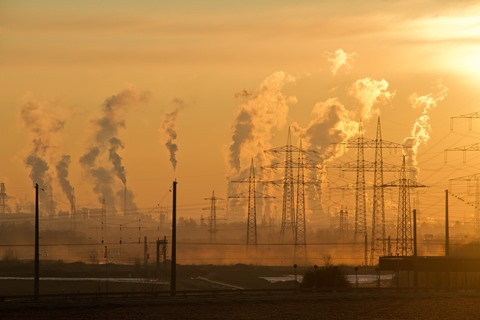
Emission factors
May 20, 2022FACTS ON AIR QUALITY
-
Air pollution is responsible for an estimated 6.5 million deaths annually, or one in nine premature deaths every year.
-
Often called the invisible killer, it is the world’s largest environmental health risk, comparable to “traditional” health risks such as smoking, high cholesterol, and obesity.
-
Urban air pollution ¬– More than 80% of people living in urban areas are exposed to air quality levels that exceed the WHO guideline limits.
-
Household air pollution – 3 billion people still cook with dirty fuels or stove technologies.
-
Developing countries, that have a heavy reliance on fossil fuels, like South Africa and China, face the bulk of the health and productivity losses as well as mortality associated with high air pollution.
-
Associated economic costs – For instance, China, which relies on coal for 75% of its primary energy, the economic burden of air pollution is estimated at 3.8% of their GDP (World Bank, 2007); while European economies losses US$ 1.6 trillion a year in mortality and morbidity (WHO European Region, 2015).
-
South Africa – South Africa have a heavy reliance on fossil fuels, resulting in productivity losses and mortality due to high concentrations of fine particulate matter.
-
A recent IGC study indicates that 7.4% of all deaths in South Africa in 2012 were due to chronic exposure to fine PM, costing the country up to 6% of its GDP. High rates of TB and HIV/AIDS infection mean there is a critical need for South Africa-specific studies on the association between air pollution and mortality.
-
A global burden of disease (GBD) study estimated that South Africa had 1800 deaths in 2012 attributable to fine PM. This number was based on global satellite and modelling views on the severity of air pollution in the country. However, measured PM values are 3-4 times higher than the GBD estimates.
-
Densely populated regions such as Cape Town, Durban, and the Johannesburg-Pretoria mega city area suffer the largest loss of life. These premature deaths cost the economy $20 billion (2011 International$), or 6% of South Africa’s 2012 GDP.



